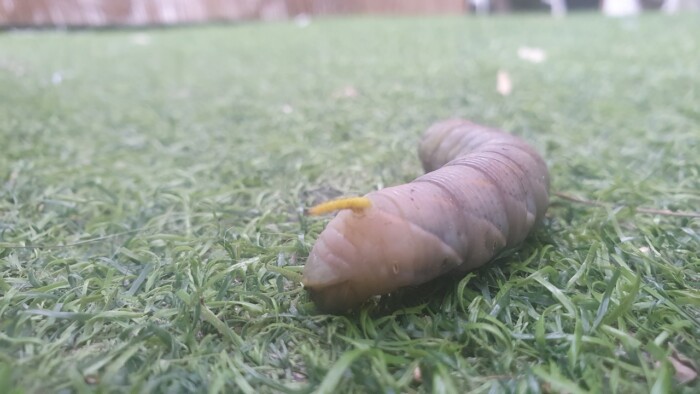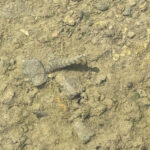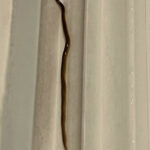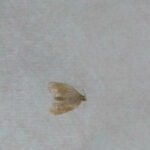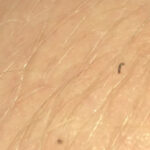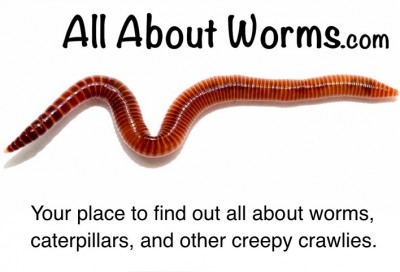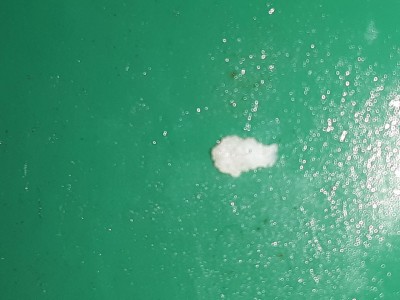“I just wanted to share pictures of a pink hornworm”, writes Usman in his submission, which includes fantastic pictures of the described caterpillar. He does not include a question, but simply wanted to share these photos with everyone else, which we greatly appreciate! So with that in mind, we thought it pertinent to just give a basic overview of these strange, pink creatures. Hornworms do not refer to one specific species of caterpillars, but instead make up a subset of the Sphingidae family of moths, otherwise known as Sphinx moths. Hornworms are sphinx moth caterpillars which possess the distinctive horn visible in Usman’s photo.
The most notorious species of hornworm is probably the tomato hornworm, mostly due to its pest status. This critter loves to invade gardens and farms and eat the crops there, particularly tomatoes, but also eggplants, potatoes, and peppers. However, most hornworms do not feed on the fruit or vegetable part of the plant, but instead on the leaves, making them ‘defoliators’. That said, more mature hornworms have been known to munch on the fruit as well. In any case, eating the leaves of the plant will damage them, and when large infestations of hornworms take place in a garden, they can do significant damage to the plants, especially as they continue to mature. In fact, the last instar (meaning the final stage of ‘caterpillarhood’) can consume as much as all the previous instars put together!
The easiest way to notice a hornworm infestation, other than spotting the caterpillars themselves, is their droppings, which looks like little blackberries. Likewise, clusters of their pellet-shaped eggs on top of leaves will also give them away. There are many ways one can control infestations of them, but the caterpillars also have natural predators which help control their population, namely parasitic insects which lie eggs on top of the caterpillars. One such insect is the braconid wasp. When their eggs hatch, the larvae go inside the caterpillars and eat them from the inside out.
So, that was a quick overview of the hornworm! We want to thank Usman for the excellent photographs, as they will make an excellent addition to our library and it gave us an excuse to talk about these strange but wonderful creatures. If any of our other readers have any questions about hornworms, they are welcome to ask away in the comments section below. We wish Usman the very best!
All About Worms is always free, always reader-supported. Your tips via CashApp, Venmo, or Paypal are appreciated! Receipts will come from ISIPP Publishing.
You might also find these guys interesting!
